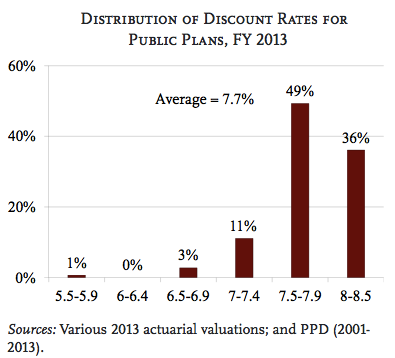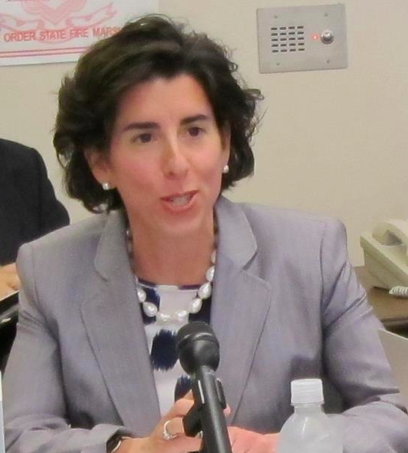When Californians get their ballots, they will notice 140 different proposed tax increases. One think tank last week said they knew the reason behind the surge—high pension costs.
Mark Bucher, president of the California Policy Center, wrote a column for the Sacramento Bee earlier this week claiming the influx of potential tax increases stemmed from ballooning pension obligations.
Bucher wrote:
Tax-weary Californians looking to explain this paradox need look only to former Vernon (population 114) city administrator Bruce Malkenhorst for an answer.
Malkenhorst received a $552,000 pension in 2013, according to just-released 2013 CalPERS pension data on TransparentCalifornia.com.
[…]
Malkenhorst is part of a growing number of 99 California retirees who received at least half-million-dollar pension payouts in 2013, up from four in 2012. Such lucrative pensions mean that in 2014, California will spend approximately $45 billion on pensions, equaling total state and local welfare spending for the first time. And in the zero-sum game of government spending, an extra dollar spent on pensions means one less spent on welfare, infrastructure or safety – or returned to the taxpayer.
Though Malkenhorst and his ilk personify California’s pension profligacy, they do not drive it. That distinction goes to the 40,000 California retirees who took home pensions greater than $100,000 in 2013.
CalPERS has now responded to the California Policy Center with the following statement, titled “CPC Needs a Lesson in Fact Checking”:
The California Policy Center (CPC) used stale data from 2013 in its Sacramento Bee commentary “Big pensions drive proposed tax increases on CA ballots” and never bothered to check with CalPERS (or even media coverage) to learn that the pension data was no longer accurate. Bruce Malkenhorst, former City Manager of Vernon, no longer receives his half-million dollar pension. Earlier this year CalPERS slashed his benefit to approximately $10,000 a month in April from its peak of more than $45,000 a month, concluding he derived the benefit improperly from the salary set by his employer the City of Vernon. CalPERS is also seeking to recover overpaid assets from Malkenhorst.
While members earning more than $100,000 per year in pensions receive high publicity, the fact is they only represent 2.6 percent of CalPERS retiree payments. It would be helpful if the CPC and others would more carefully check the facts and report on the full picture instead of just painting all public employees with the brush of the likes of Malkenhorst.
Read the statement here and the original article from the California Policy Center here.









